Korea Week: A Look At Their Auto Industry

South Korea is a small country. With 48.6 million people crammed into an area roughly the size of Indiana, South Korea has one of the world’s highest population densities. It also has an amazing auto industry. Like Germany in the 50s, and Japan in the 60s, Korea was the laughing stock of the 80s. That arrogant grin has frozen. South Korea is a feared competitor the world over. Let’s have a look at the feisty little runt.
China 13,790,9945,708,4212,069,0692
Japan 7,934,51610,799,65910,140,7963
United States 5,711,82311,946,65312,799,8574
Germany 5,209,8535,757,7105,526,6155
South Korea 3,512,9163,699,3503,114,998
The South Korean automobile industry is the fifth largest in the world in terms of production volume and the sixth largest in terms of export volume. The South Korean new car domestic market is good for slightly above a million units a year. The South Korean car industry produced 3.5m units last year, down from 4m units in 2008. What are they doing with all those cars? They export them. South Korea has one of the world’s highest export to domestic consumption rate. Japan exported about half its production last year. Germany a third. South Korea exports about 70 percent of its production.
These numbers hide the true power of the South Korean car industry. Just like Japan, South Korea is a big exporter of car factories. South Korea’s powerhouse Hyundai-Kia sold 4.6m units worldwide in 2009, a million more than the total South Korean production. According to South Korea’s Chosun Ilbo reports, South Korea’s five automobile companies sold 5.44m units worldwide in 2009. Again, only 3.5m units were produced at home.
Just like Germany, Korea was not totally unscathed by carmageddon, just like Germany, South Korea survived it with minor bruises. A crisis is always an opportunity for those who make it through it unharmed and with cash in the pocket. Contrast the dark blue (Germany) and the light blue (South Korea) line with the USA (green) and Japan (purple.) Ouch! Germany and South Korea were not as exposed o the toxic U.S. market as Japan was and is. But Korea’s Hyundai definitely captured more of the rebounding U.S. market with an attractive line-up and clever marketing. 400,000 of the 500,000 cars Hyundai sells in the U.S.A. are made in the U.S.A.
And while you are at it, have a look at the red line: China.
China is one of the reasons why Germany and South Korea got through carmageddon alright: Both countries export a lot to China and maintain a heavy presence in the world’s largest auto market. Shanghai (SAIC) has GM and Volkswagen. Beijing (BAIC) has Mercedes and Hyundai. If you step out of the Beijing airport, you’d think all of China is full of Hyundais, because most of Beijing’s taxi fleet is. If you step out of the Shanghai airport, you’d think China is still riding around in old Santanas.
Worldwide sales 2009Hyundai-Kia4,641,756GM Daewoo578,758Renault Samsung189,813Ssangyong34,936Total:5,445,263
If all South Korean automakers except Hyundai-Kia would close, the world would not even notice. Actually, it doesn’t already. You will only find Hyundai-Kia in OICA’s World ranking of manufacturers, the other South Korean makers are rolled into their parents’ numbers. Ssanyong was an experiment by SAIC. It ended in a fiery disaster.

Bertel Schmitt comes back to journalism after taking a 35 year break in advertising and marketing. He ran and owned advertising agencies in Duesseldorf, Germany, and New York City. Volkswagen A.G. was Bertel's most important corporate account. Schmitt's advertising and marketing career touched many corners of the industry with a special focus on automotive products and services. Since 2004, he lives in Japan and China with his wife <a href="http://www.tomokoandbertel.com"> Tomoko </a>. Bertel Schmitt is a founding board member of the <a href="http://www.offshoresuperseries.com"> Offshore Super Series </a>, an American offshore powerboat racing organization. He is co-owner of the racing team Typhoon.
More by Bertel Schmitt
Latest Car Reviews
Read moreLatest Product Reviews
Read moreRecent Comments
- Master Baiter Mass adoption of EVs will require:[list=1][*]400 miles of legitimate range at 80 MPH at 100°F with the AC on, or at -10°F with the cabin heated to 72°F. [/*][*]Wide availability of 500+ kW fast chargers that are working and available even on busy holidays, along interstates where people drive on road trips. [/*][*]Wide availability of level 2 chargers at apartments and on-street in urban settings where people park on the street. [/*][*]Comparable purchase price to ICE vehicle. [/*][/list=1]
- Master Baiter Another bro-dozer soon to be terrorizing suburban streets near you...
- Wolfwagen NO. Im not looking to own an EV until:1. Charge times from 25% - 100% are equal to what it takes to fill up an ICE vehicle and 2. until the USA proves we have enough power supply so as not to risk the entire grid going down when millions of people come home from work and plug their vehicles in the middle of a heat wave with feel-like temps over 100.
- Kwik_Shift_Pro4X Where's the mpg?
- Grg These days, it is not only EVs that could be more affordable. All cars are becoming less affordable.When you look at the complexity of ICE cars vs EVs, you cannot help. but wonder if affordability will flip to EVs?




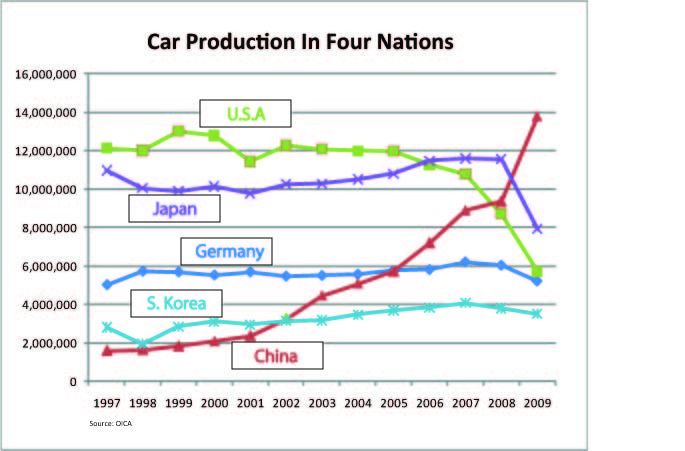















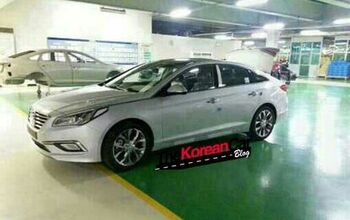
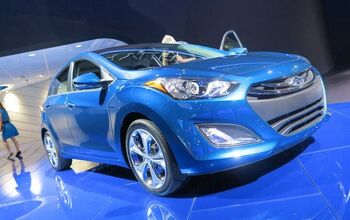
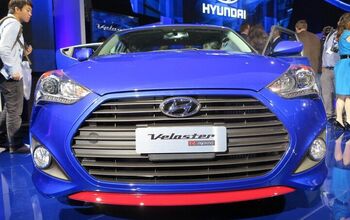
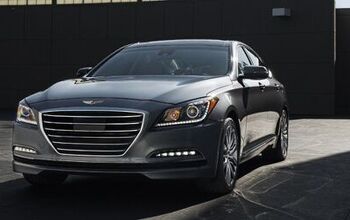
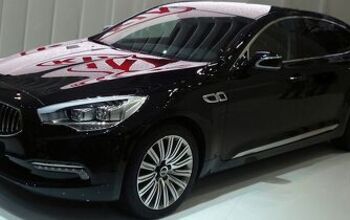










Comments
Join the conversation
That's even more impressive when you divide the auto production by population for cars produced per capita: China 0.01 Japan 0.06 USA 0.02 Germany 0.06 Korea 0.07
Maybe building cars is an old, dirty, resource-intensive industry that advanced countries would prefer to move beyond. That's a sweeping generalization, but perhaps it's part of what's going on here.